To rush to see the sun the other way around 🏃♂️☀️🏃♂️

🌍 The Big Idea: Go It Alone
I spent two weeks last month exploring Spain, half the time with friends and half the time alone. Traveling solo and with friends and family are starkly different experiences.
With a group, you can split costs and rely on others to plan and make some decisions for you. Traveling alone, however, allows you to indulge your own whims, whenever and wherever they lead you.
While solo travel is more independent, it's also more reflective, giving you the time to ruminate on your own life or a new world unfolding in front of you.
Follow the impulse
My method of exploring a new place always involves studying maps. Tightly packed streets around irregularly shaped blocks hint at the city's oldest buildings and charming narrow passageways. Serpentine streets suggest a hillside that may afford spectacular views. Plazas usually host monuments. Botanic gardens provide a quiet and colorful respite.
I drove to one park in northern Spain because, from a map, it looked like it had cliffs and a beach. I don't think the park had a name, but the most stunning feature was neither a cliff nor a beach: it was driving down a narrow lane with the light blue sky, dark blue Atlantic, green grass, and tan dirt road ahead of me. The colors were so striking and simple, I had to stop and take a photo.
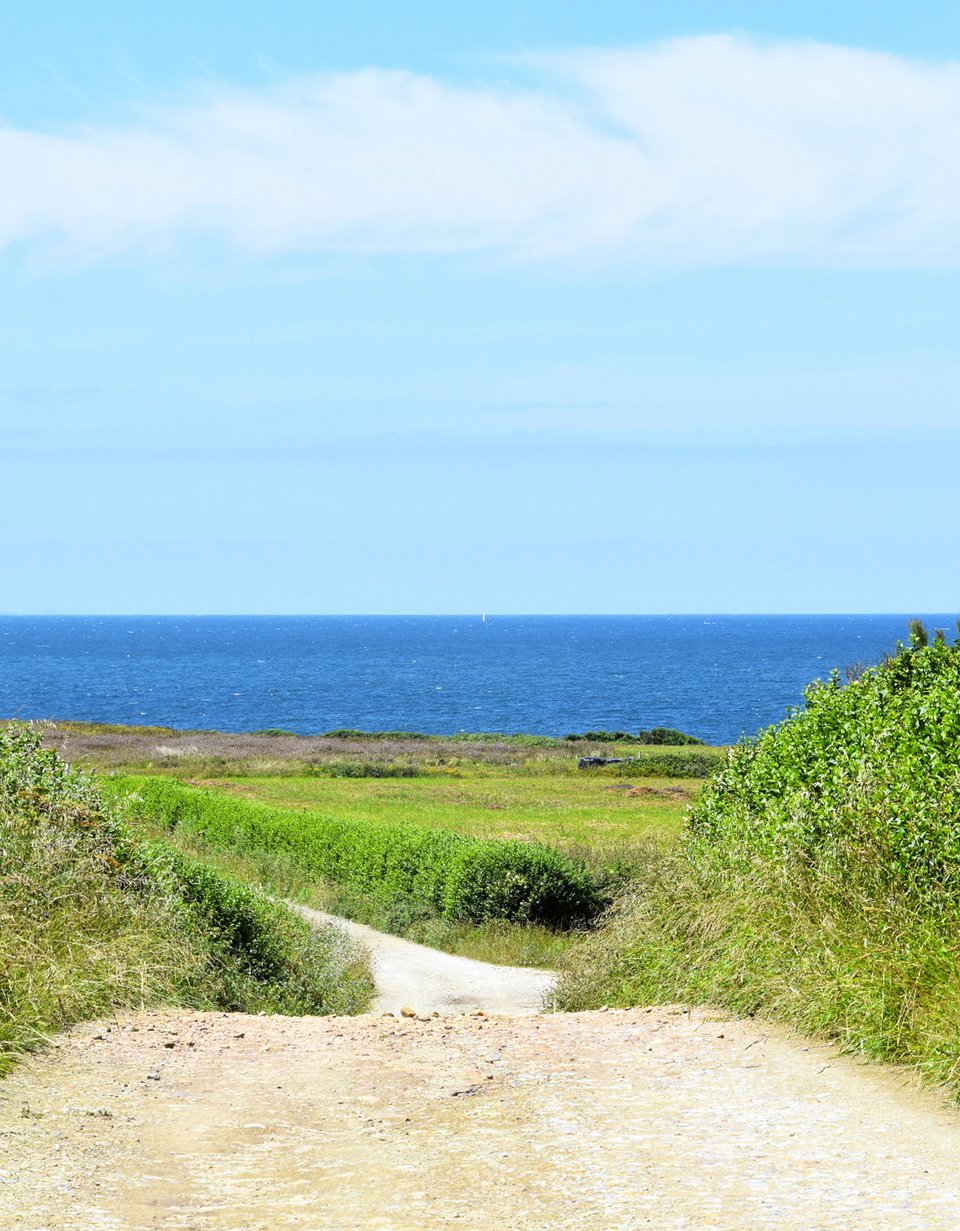
When you travel alone, you can follow your whims in a split-second without consideration of other people's schedules and interests. You never have to think how you explain to your traveling companions why you want to visit a quirky hillside neighborhood, why you want to see a specific painting, or why you want to taste a local food or beverage that most foreigners think is strange.
Furthermore, if your whimsical prospect turns out to be a dud, you only wasted your own time, not anyone else's. (This assumes you consider occasional disappointment a waste of time, rather than an inevitable cost of exploration.)
Reflect on something unfamiliar
We live most of our lives with familiar people, hearing a familiar language, and inhabiting familiar places. Even if you move somewhere, it becomes familiar after a few months.
“This is the most English I’ve spoken in days,” I caught myself saying to a friend when we met in Madrid on the last segment of my trip. I had spoken so little the past few days and barely any English.
During that solo stretch, my mind lingered several times on the Spanish word esperar, which I first mistranslated as to hope. Depending on the context it can mean to hope but also to wait. While hiking alone, I realized Spanish contained an insight I had never considered: when you hope, you are waiting for something and when you wait, you are hoping for something.
I doubt I would've noticed this had I not had to confront a different language constantly—Castilian Spanish, Catalan, Basque, and Galician—and contemplate their complexities on my own.
Spain's Civil War in the 1930s and nearly four subsequent decades of dictatorship lurk in art and language today. I listened closely to people around me and wondered if Castilian Spanish would be as prevalent had Francisco Franco not suppressed the country's other languages so harshly. Are today's multilingual signs and names about practicality or are they a reassertion of previously suppressed regional identities?
Other times I closed my eyes to pay attention to sounds other than human language. Sometimes it was the common roar of ocean waves tumbling onto rocks, unfamiliar chirping of birds in a city park, or goats bleating to break the silence of a remote meadow.
I started doing this in D.C. to appreciate my surroundings and form audio memories of places that I normally think of visually. This takes time and concentration and is best done alone.
In The Atlantic, Arthur Brooks interviews a monk who has lived alone for 25 years, an extreme hermitism I don't envy. Shorter breaks of solitude, like my journey across norther Spain, a.k.a. Green Spain, can have documented benefits, as Brooks summarizes:
The main benefits of solitude noted in [one study on the elderly] include contemplation (time to think, ponder, or reflect); enjoyable solo activities such as reading; mental repose; autonomy; contentment in peace and quiet; and the ability to focus. Another study, from 2017, showed that solitude lowers high levels of emotional affect—turbulent moods, in ordinary parlance—and can lead to relaxation and lower stress. In other words, being by yourself is a great way to calm down when you feel overstimulated.
While traveling, I didn't have much time to read news, so the following sections will focus more on photography and less on essays and news articles.
🚶♂️ Wandering around Washington Spain

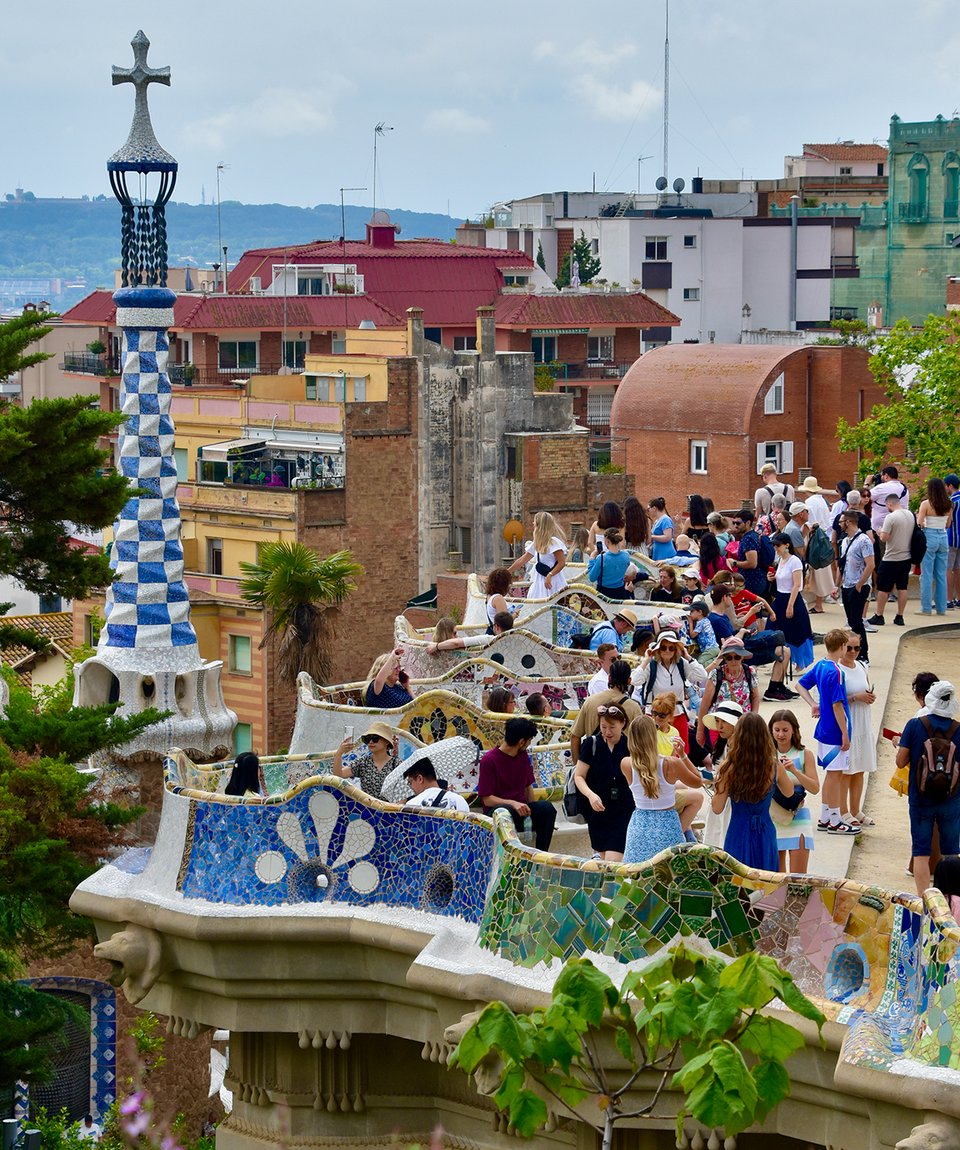


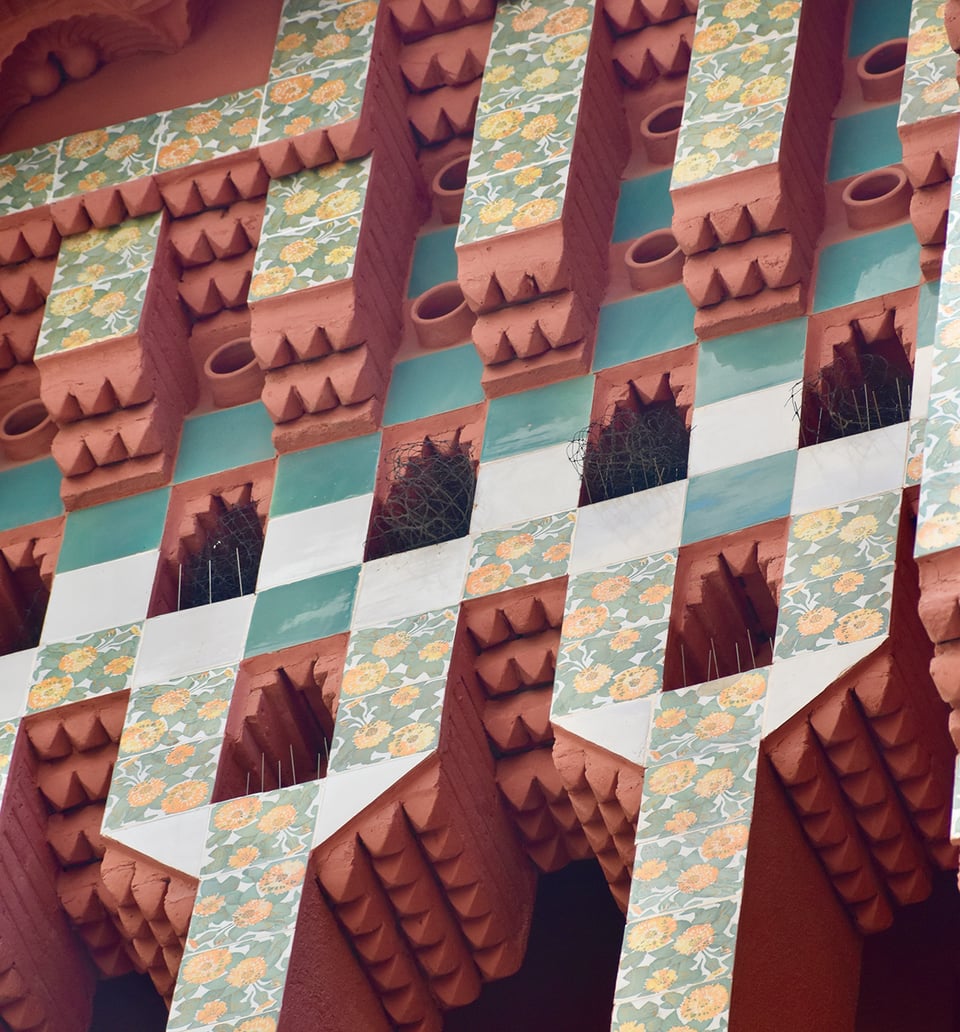
After Barcelona I ventured to the Bilbao in the Basque Country. The city stretches for miles along the floor of a mountain valley from the interior to the Cantabrian Sea. As the airpot bus descends into the valley, the bright gray titanium façade of Frank Gehry’s Guggenheim Museum comes into view. I sometimes think Gehry’s work is overhyped, but the first glimpse of the Guggenheim’s shiny edifice from the bus window left an impression on me.
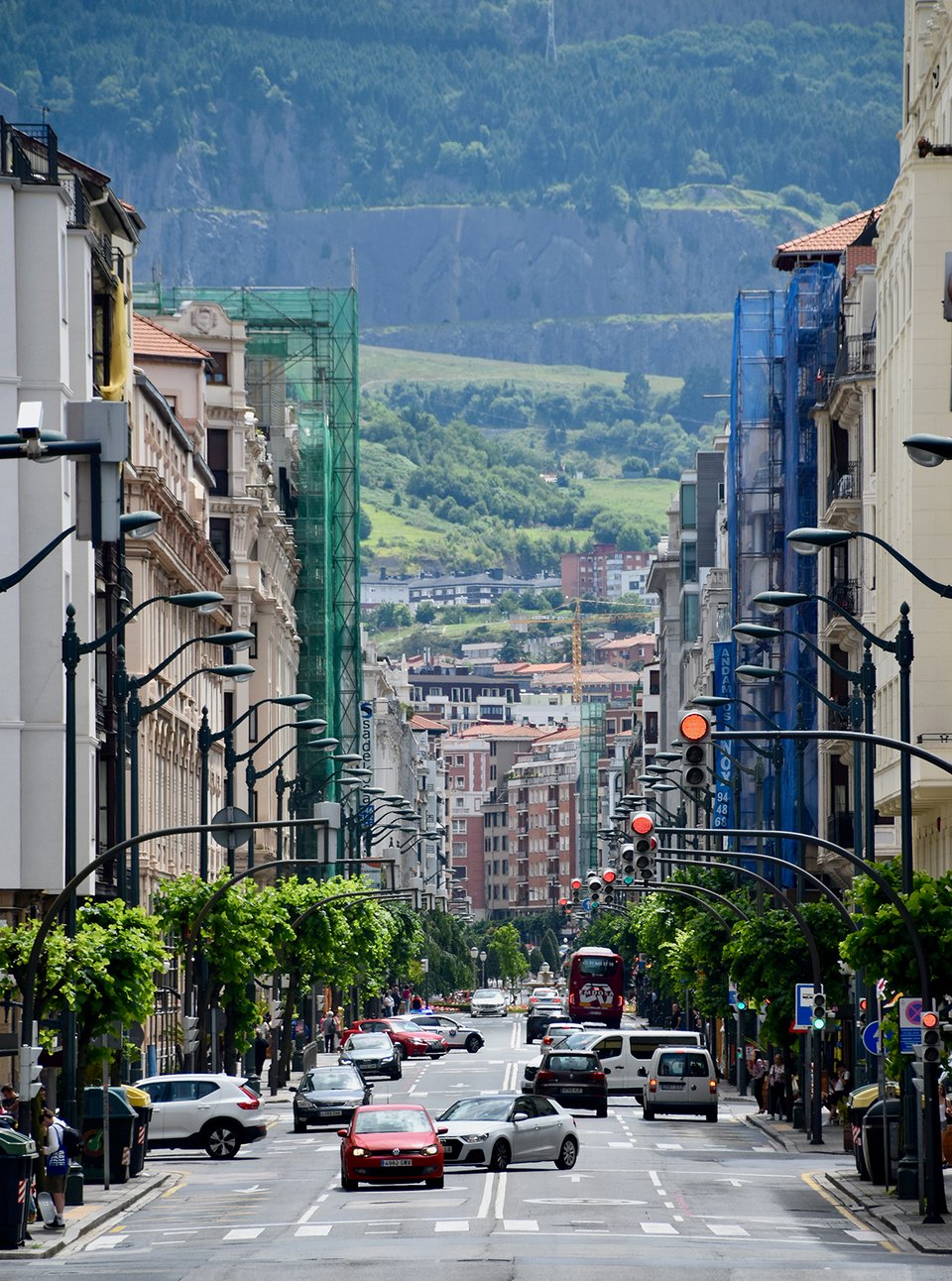
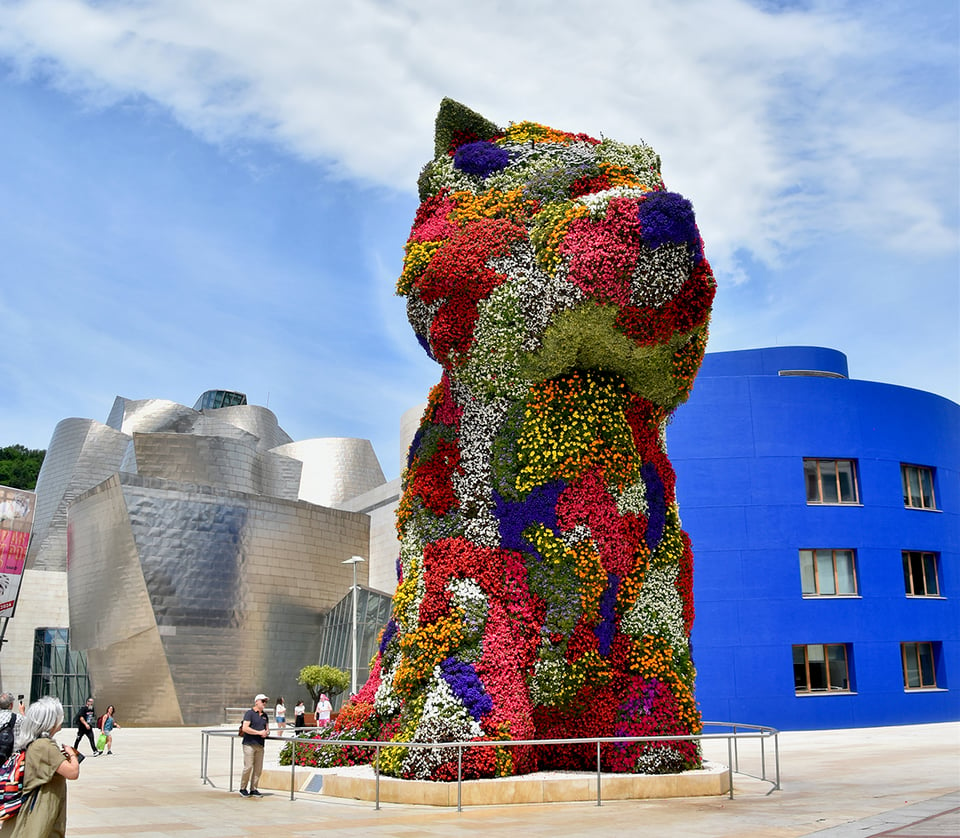

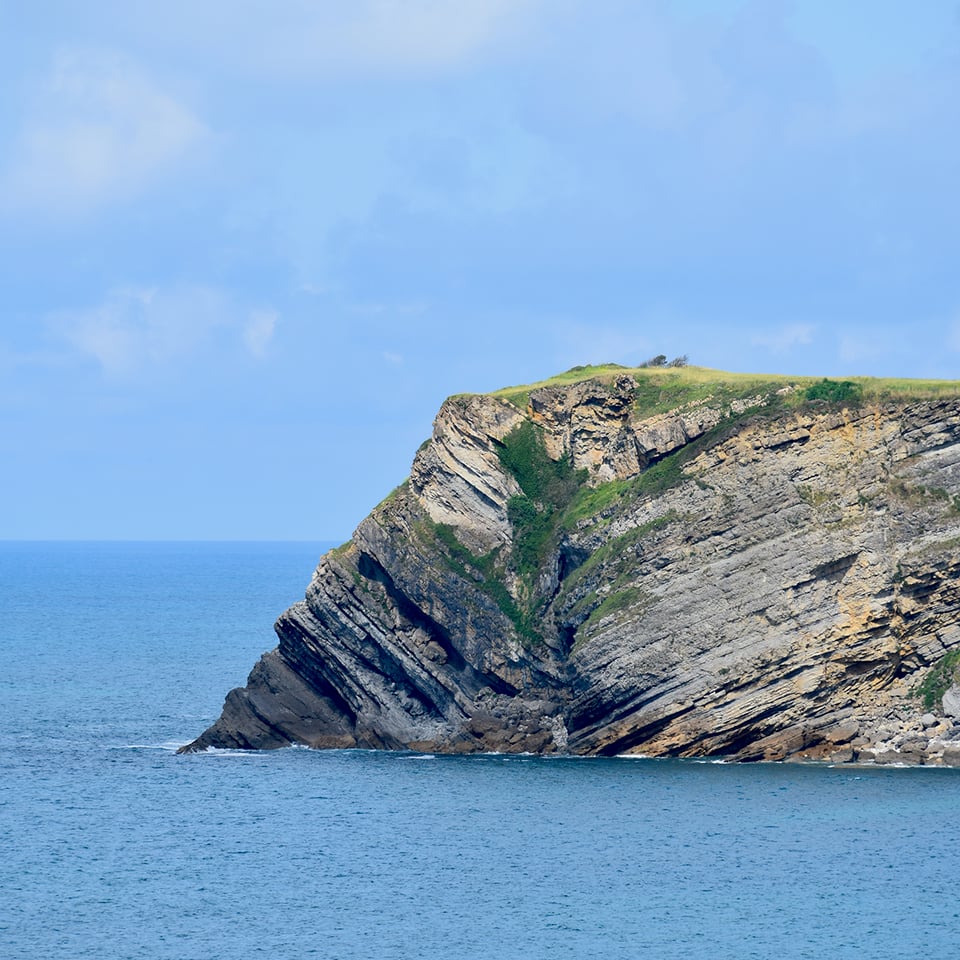
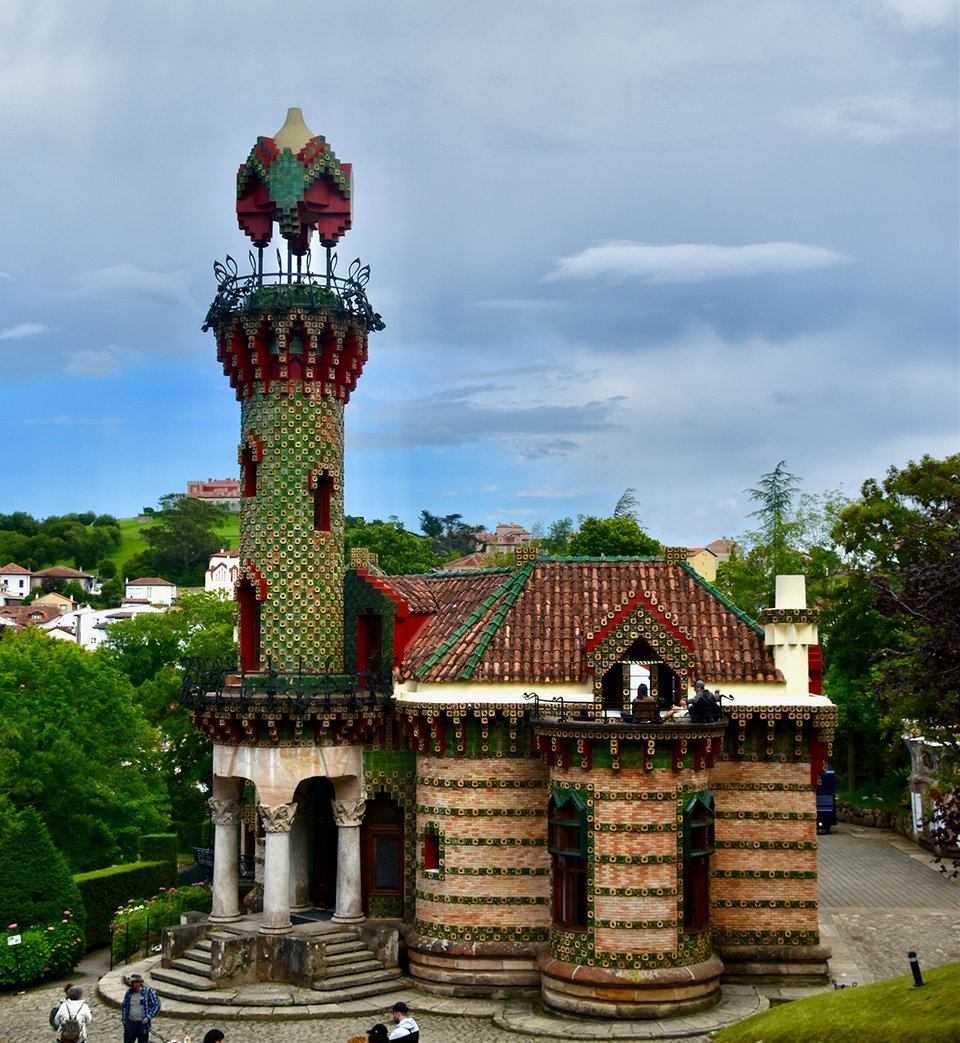
I hiked the Ruta del Cares, arguably Spain’s most popular mountain hike. The path ascends the edge of the Cares Gorge for nearly 7 miles (11 km).
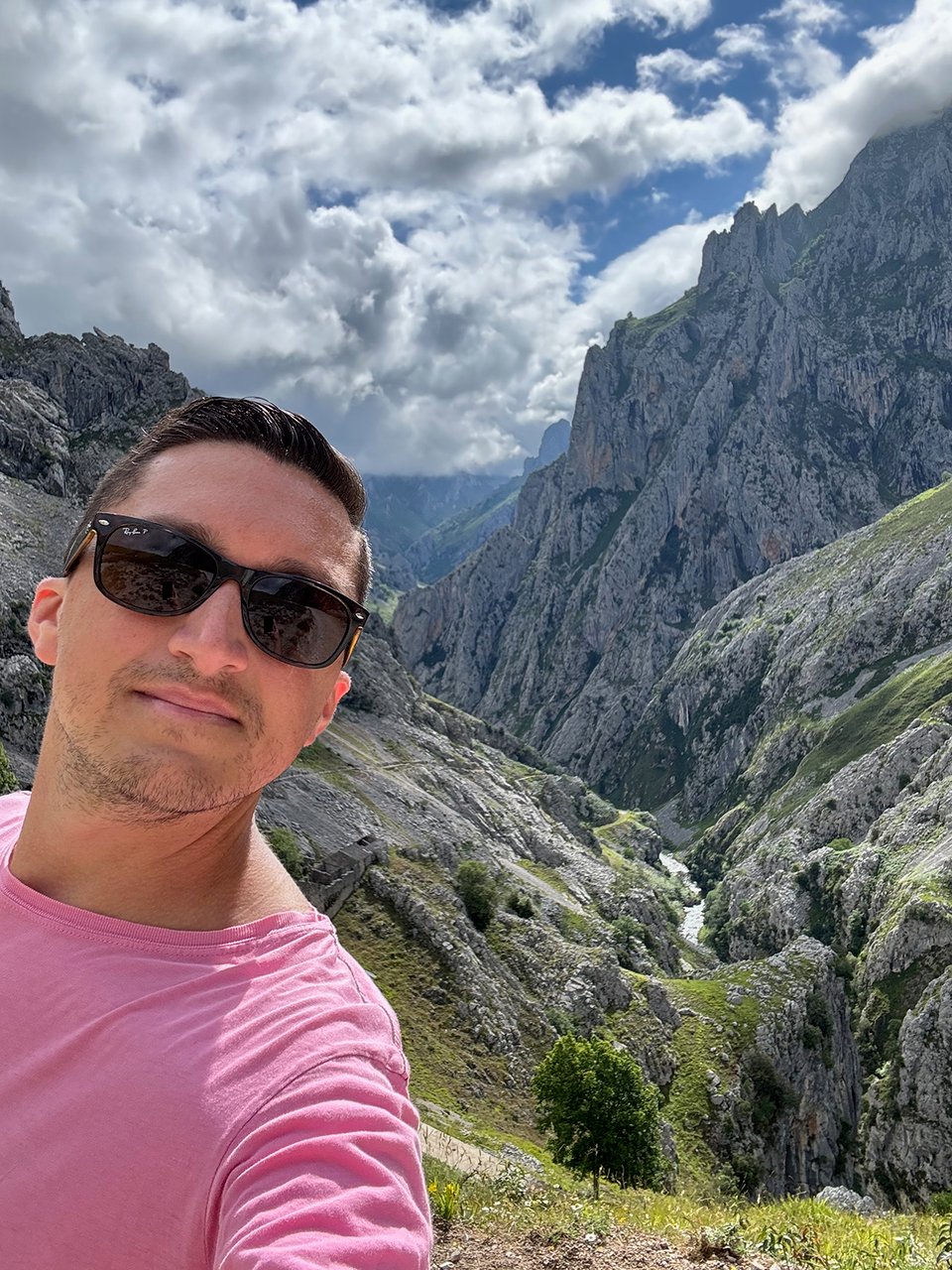
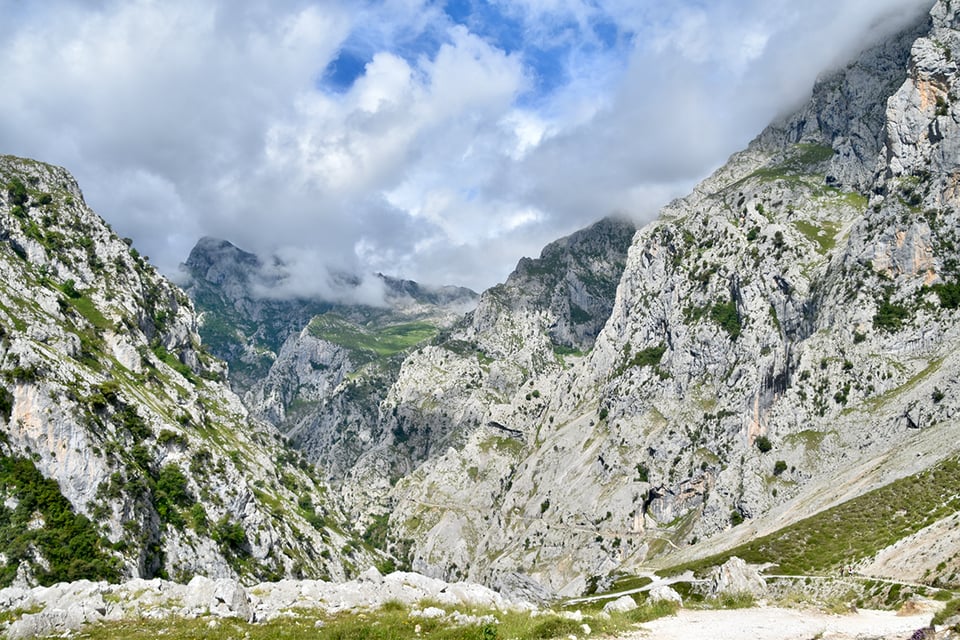

I finally arrived in Madrid, which is bustling and dry compared to Spain’s north coast.

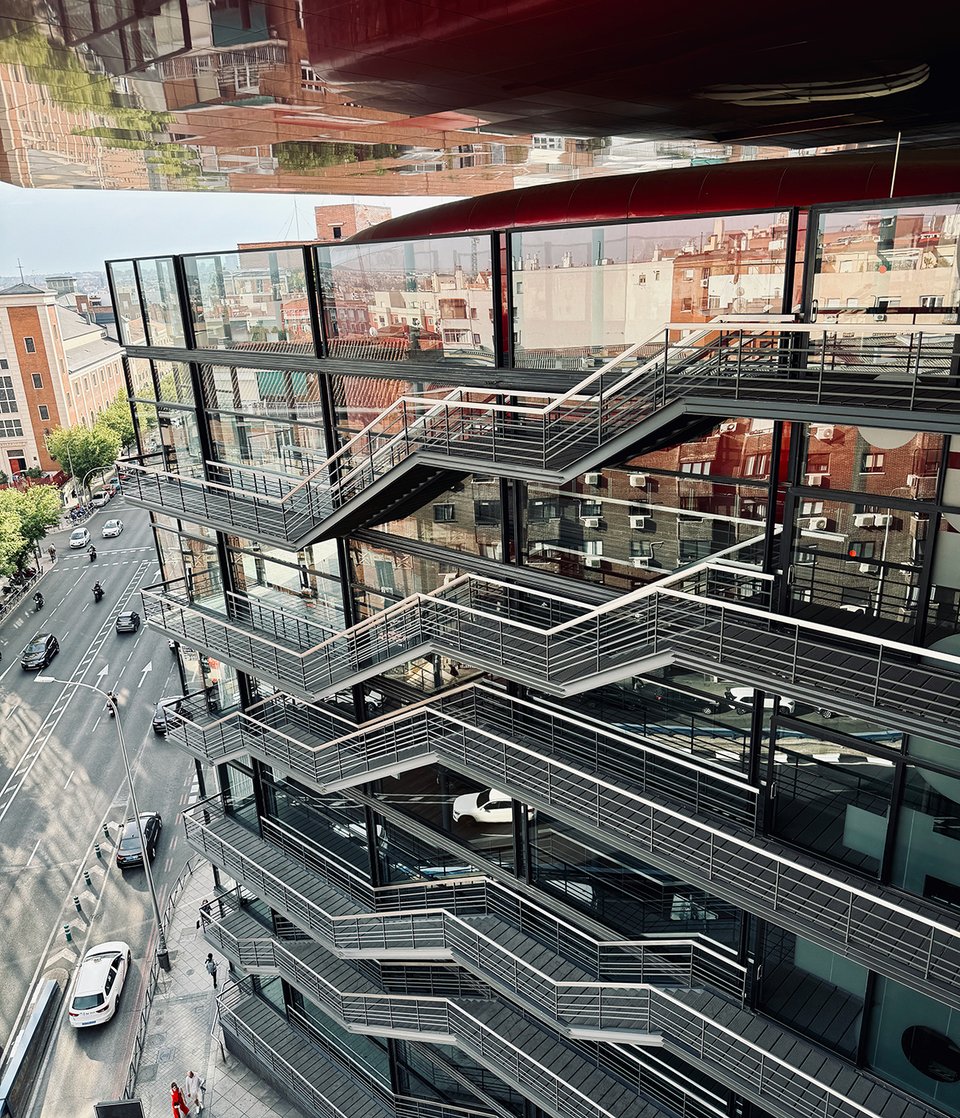
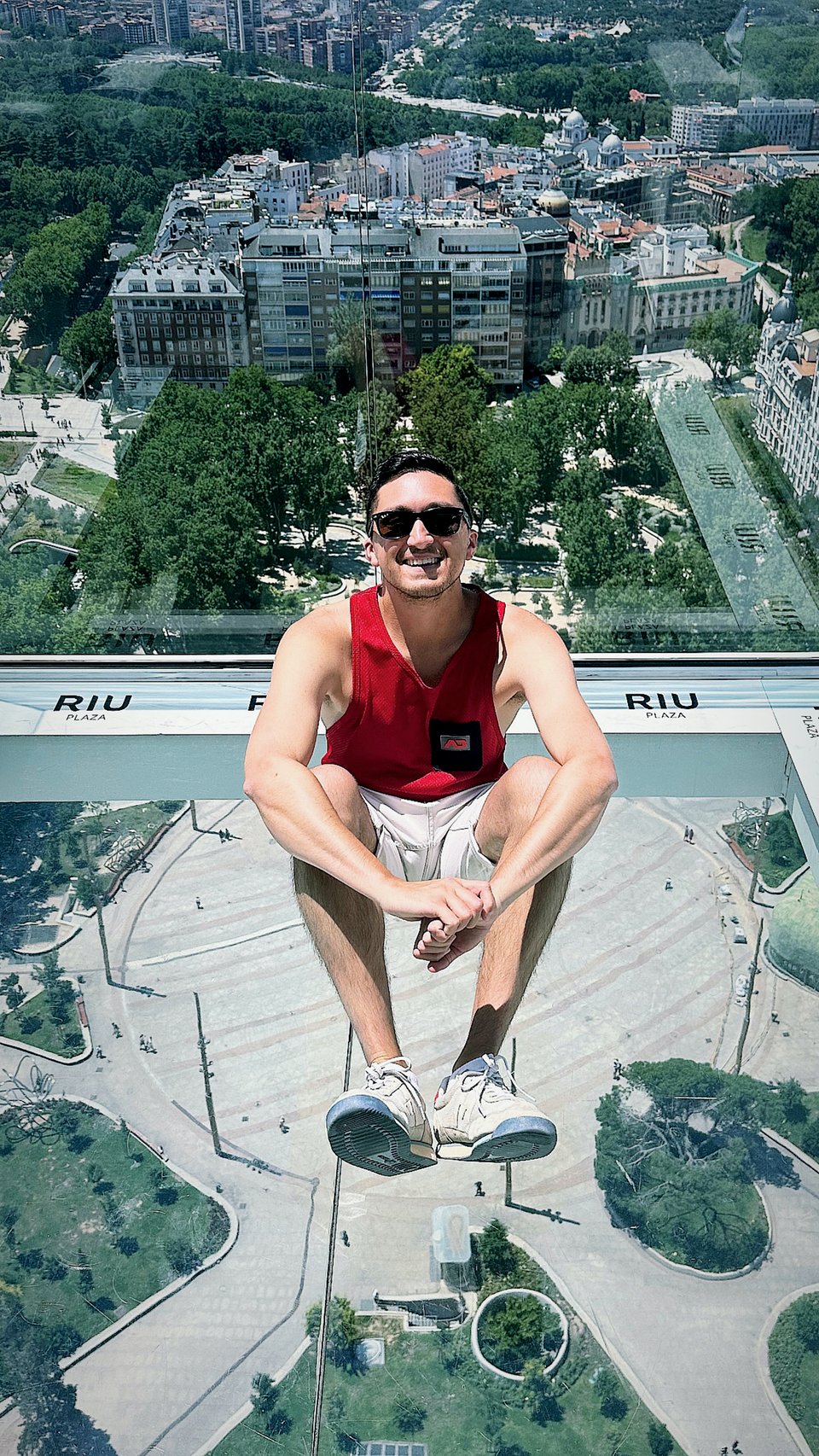
🔗 Assorted Links
- 📝Fed up with tourists, Barcelona protesters blast them with water guns: Locals marched and delivered a manifesto on tourism's cost-of-living impact, the latest backlash against a global travel surge since the end of pandemic limits. (Washington Post)
- 📝 Why southern Europeans will soon be the longest-lived people in the world. (The Economist)
- 📝 The Real Story of the Crisis at the Washington Post: How the world’s greatest businessman drove his newspaper into a ditch. (The Atlantic)
- 🎥 Living in L'Enfant's dream: A look at the Frenchman who designed DC and his original map from 1791. (NBC4)
- 📝 How the FTC’s 'Junk Fee' Ban Affects Restaurants Do restaurants fall under the FTC’s proposed rule to ban hidden mandatory fees? California recently said no, but restaurants across the country are bracing for more confusion. (Eater)
- 📝 Some Boston subway trains are now sporting googly eyes (Associated Press)
📊 The Numbers
Change in year-to-date movie box office sales this year compared to the same periods in 2019 and last year, respectively.
- 📝 Source: Domestic Yearly Box Office. Box Office Mojo.
- 📝 Cited in: Sony's purchase of Alamo Drafthouse is a gift to moviegoers: The acquisition is one way to ensure a market remains for films best seen in theaters. (Washington Post)
Population of Barcelona and number of tourists expected to visit Barcelona this year, respectively.
- 📝 Cited in: If Europe’s anti-tourism protesters think it’s bad now, just wait: Post-pandemic ‘revenge tourism’ keeps surging in European hotspots, and the problem may soon worsen. (Washington Post)
📨 Letter to the Editor
A reader responds to the last issue's section on active listening:
I often put my old reporter skills to use when I speak with people socially, and it pays off. People like to talk about themselves when given an interested audience. The trick is to then make sure that you, as a speaker, reciprocate so it becomes a conversation and not an interview. I'm here to engage socially, not to interrogate you. —Stephen Miller, Montréal
🎬 The Wrap
The Atlantic reviewed The New Tourist, a book on the problems and promises of tourism. The reviewer refers to Elizabeth Bishop's 1956 poem, Questions of Travel, questioning the same fraught dichotomy:
Think of the long trip home.
Should we have stayed at home and thought of here?
Where should we be today?
Is it right to be watching strangers in a play
in this strangest of theatres?
What childishness is it that while there's a breath of life
in our bodies, we are determined to rush
to see the sun the other way around?
The tiniest green hummingbird in the world?
To stare at some inexplicable old stonework,
inexplicable and impenetrable,
at any view,
instantly seen and always, always delightful?
Oh, must we dream our dreams
and have them, too?